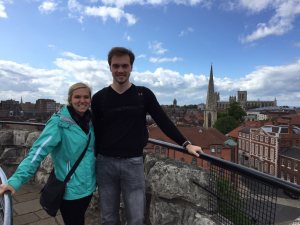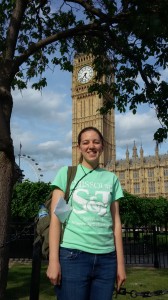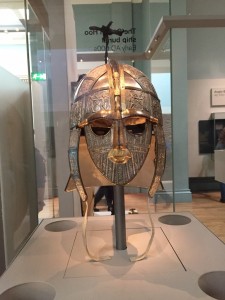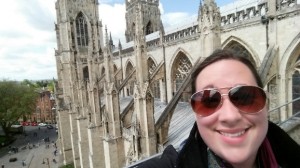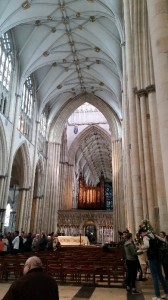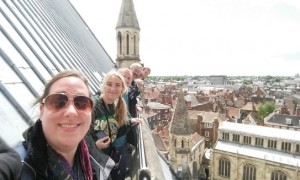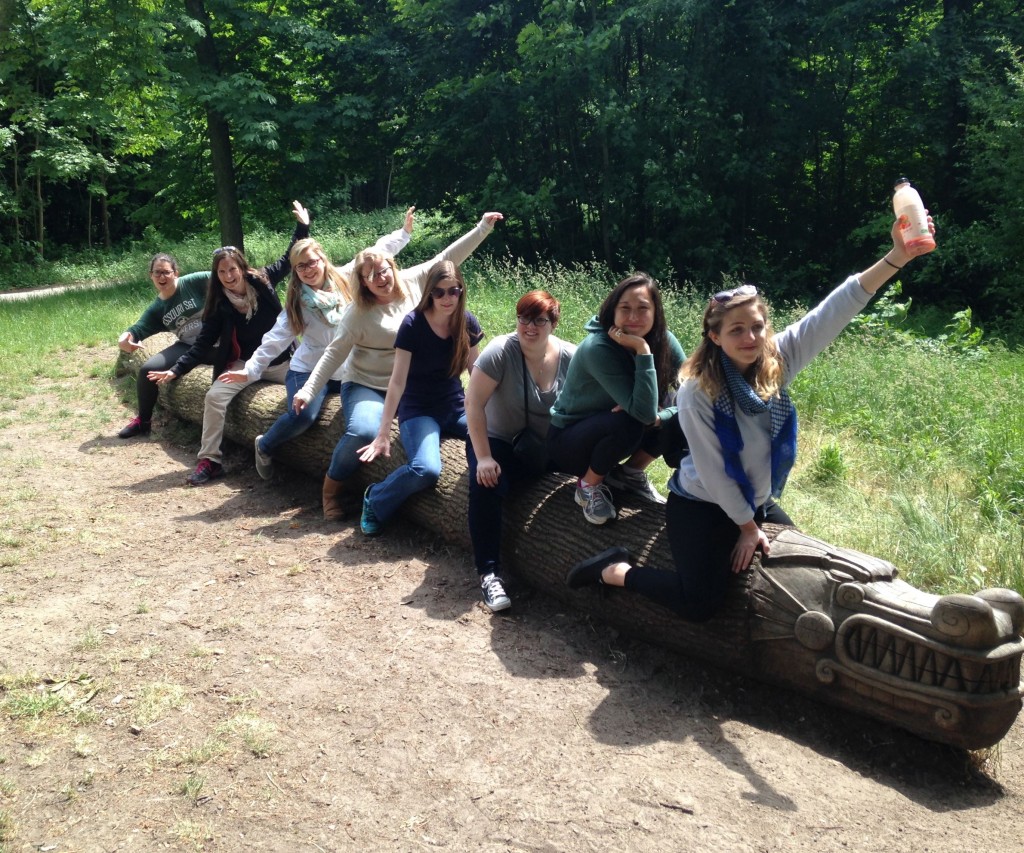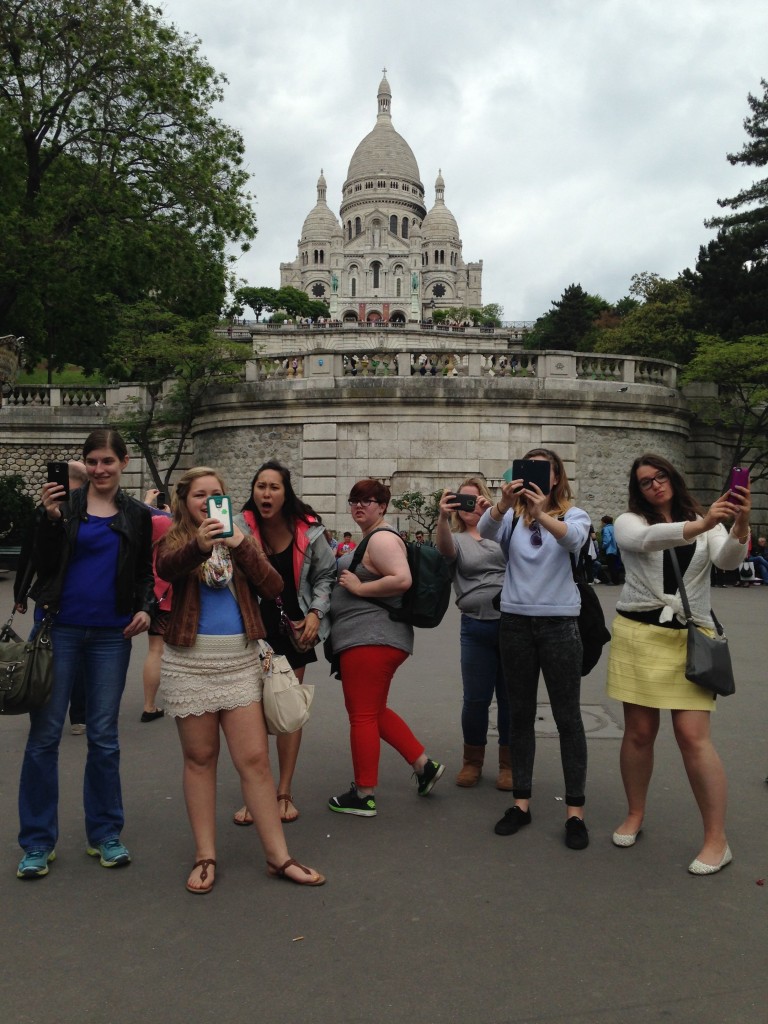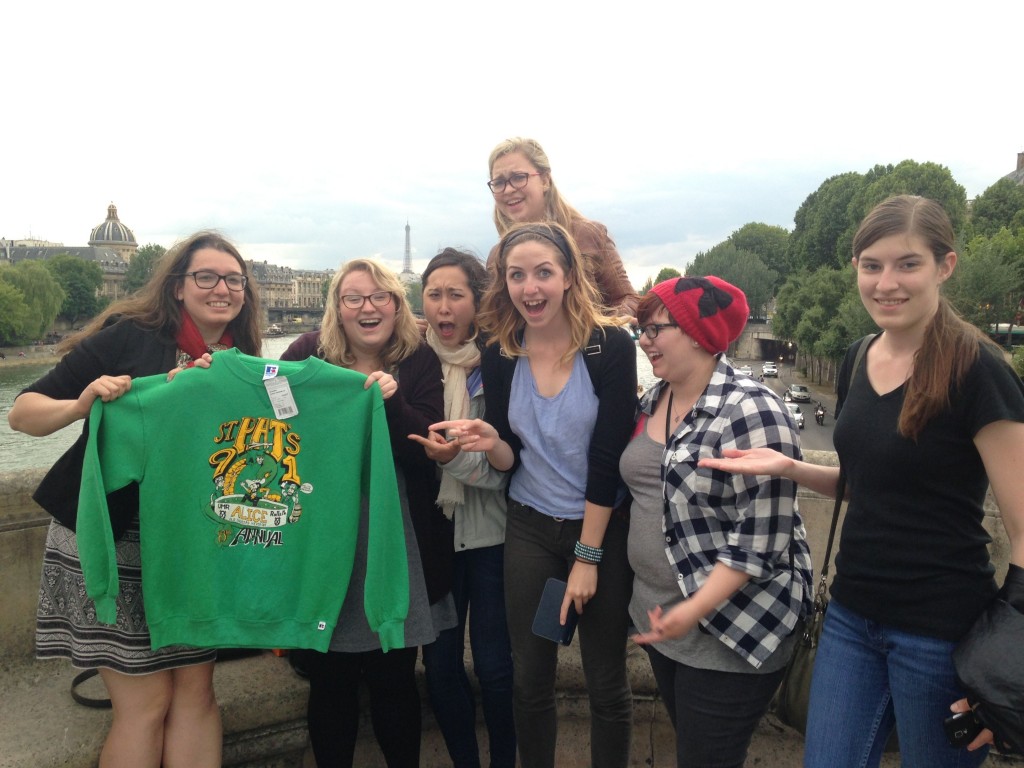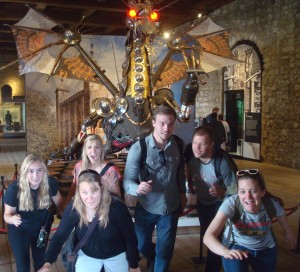By Hayley Carroll.
Planes, trains, buses, and taxis. Everywhere I look, there are people. The streets are constantly filled with cars and bikes and the sidewalks are filled with busy people navigating their way through the crowd. Horns honk and people yell and there is never a moment of silence. The hustle and bustle of the city never stops. I am not used to this; I come from a farm on the outskirts of a quiet little town in Missouri. This is a whole new world that I have nothing in common with. My main mode of transportation is the underground train. I have never even taken a train or subway at all, and I have never heard “mind the gap” so many times in my life. Everything is new to me in London. [Read more…]
